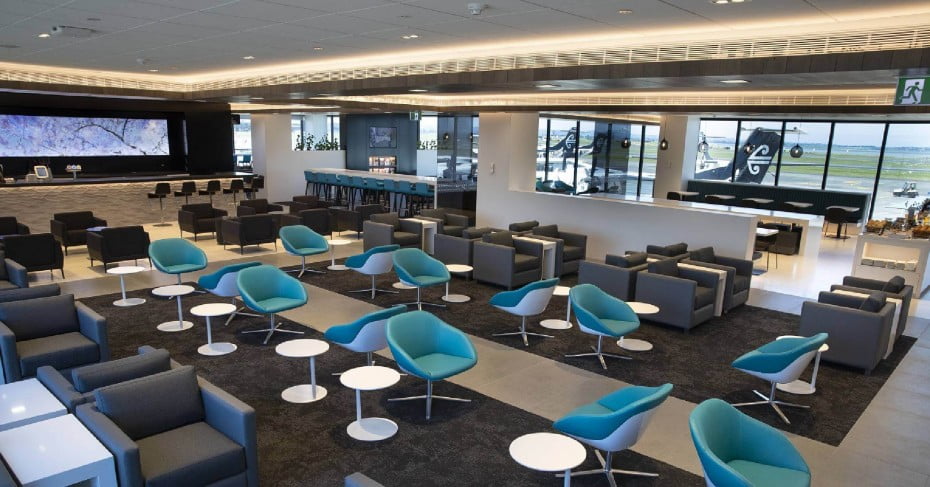The U.S. military ends up at a flashpoint, moving from a period concentrated overwhelmingly on vicious radicalism to state rivalry.
It won’t be tanks, planes and ships that are the focal differentiator in tomorrow’s conflicts, yet the disturbance of the capacity of the U.S. to interface and arrange those components together — an idea the Air Force is eagerly centered around.
“In my opinion, multi-domain command and control is the most critical element of achieving future victory through multi-domain operations,” said Air Force Chief of Staff Gen. David L. Goldfein.
Goldfein clarified this need in a 2017 letter, including that “the evolution in our command-and-control capabilities requires new thinking, new training and perhaps new technologies or new ways to use older technology.”
This prompted the execution of Agile Combat Employment, or ACE, an idea proposed to guarantee forward conveyed powers are prepared for possibilities with little notice.
“The National Defense Strategy dictates that we ‘develop a lethal, agile and resilient force posture and employment,'” said Brig. Gen. Chad Raduege, Air Combat Command boss data official.
Raduege’s attention is explicitly reporting in real time Force’s capacity to apply the ACE develop to C2 and correspondences abilities.
“For several decades, our forces have deployed forward to what amounts to a fixed-base environment,” he said. “Today the growing need to operate from austere locations, as well as posture to maintain flexibility in the face of contingencies, forces us to take a hard look at our deployable communications capabilities.”
That ‘hard look’ came as a research organization style workshop at CyberWorx, an association cooperating Airmen, industry and the scholarly community to reconsider how innovation may enhance and ensure national interests.
Specialists from over the Air Force and the Department of Defense’s joint network, just as industry accomplices, came to CyberWorx to dissect a solitary, yet confounded issue set: how would they work in challenged conditions guaranteeing an unfaltering condition of strategic C2 support?
Planning for Future Operations
Under the ACE worldview, speed, versatility and flexibility are primary while working in challenged and stark situations, which is the reason the workshop included extraordinary activity powers. They’ve worked under these imperatives for quite a long time as a benchmark model for traditional powers.
“I envision a future where the war fighter is able to access necessary mission data from any device, over any network, at any location regardless of classification,” Raduege said.
Col. Bill Waynick, CyberWorx executive, drove the activity to break down and address the difficulties to meet the ACE prerequisites inside the Air Force’s strategic correspondences circle.
Advances in technology make strategic interchanges gear easy to understand and give more choices to use in lenient, semi and non-tolerant conditions, Waynick said.
“What we need is adaptable and resilient equipment to meet the needs of the mission whether it be a large air base, (intelligence, surveillance and reconnaissance), launch and recovery element, logistics node or (liaison officer) at an embassy,” he said.
Waynick was real to life in his evaluation of the DoD’s present condition of correspondences and C2 foundation.
“There have been advances in technology such as satellites, satellite terminals, more virtual form-factor computing, cloud computing, next-generation transmission, such as Li-Fi, laser, and Wi-Fi or cellular,” Waynick said. “We have the opportunities to provide resilient and robust communications for C2 and any other mission the Air Force needs. We need to acquire and utilize these forms of technology in a less rigid and flexible manner.”
Waynick said the discoveries of the workshop will be utilized to attempt to increase top-level Air Force bolster expected to meet the strategic correspondences necessities for ACE and as a contribution for arranging decision for future financing.
“It will make us more adaptable and resilient to meet the variety of current and emerging threats,” he added. “We can’t be a one-size-fits-all type force. We will need to approach tactical communications like a Swiss Army Knife going forward.”
Packers Herley writes books, which, considering where peoples are reading this makes perfect sense. He’s best known for writing articles on technology. Now he works an author in Thinker Now .
Disclaimer: The views, suggestions, and opinions expressed here are the sole responsibility of the experts. No Thinker Now journalist was involved in the writing and production of this article.
